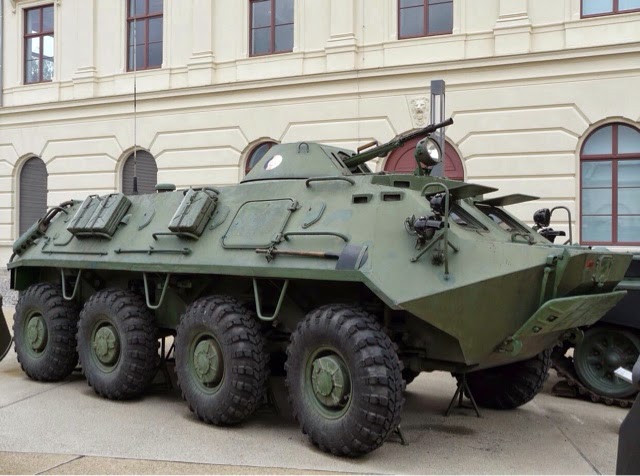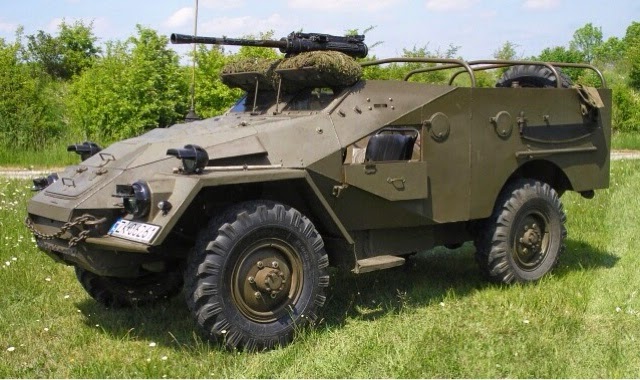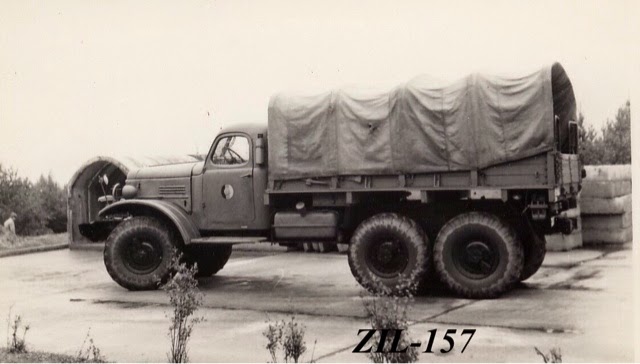As a reserve division, only a relatively small cadre were "regular army" and the unit served as a nucleus for training reservists, akin to the US National Guard, West German Heimatschütz, and British Territorial Army. Prior to a large training exercise (or the commencement of hostilities), all reserve troops assigned to the 20th would have been called to active duty.
As I mentioned in my previous post, the most up-to-date equipment was never in lavish supply in any WarPac army, and what was available to the East Germans went to the regular NVA units, which then filled in any shortfalls with the most recently superseded vehicles, i.e. the least obsolete. This meant that the five reserve motor rifle divisions were left with vehicles that ranged from "significantly outdated" to "antiquated death-traps".
The 20th Motor Rifle Division will feature prominently in my LANDJUT campaign, as the bulk of WarPac forces in the area would have been devoted to the attack on Hamburg and the push on to the North Sea. The seizure of the Kiel Canal/River Eider was not as high up the Soviet list of priorities and so it would have had a larger proportion of second line units assigned to capturing it.
So what vehicles would the 20th have been using? Frontline NVA units were equipped with BTR-60PB's:
and BMP-1's:
for their motor rifles. Where necessary, BTR-60P's:
were used to fill in. Then whatever stocks of these vehicles that were left, went to the reserve divisions. However, this would still have left significant shortages, so APC's that were older yet had to be used. Fairly large numbers of BTR-152's:
would have been pressed into service. There also would've been a number of troops left completely without APC's and they would have been motorized, likely in ZIL-157 trucks:
For armor, the 20th would have been equipped with T-54's and older models of T-55, but to supply enough tanks, East Germany would have been forced to use a not inconsiderable number of T-34/85M's that had been retired 20 years previously:
Basically a 1944 model T-34/85 that had been built in the 1950's in Poland and Czechoslovakia and had extra armor plating added to the glasis (the "M" stood for "modernized"). The West German and Danish Leopards would have massacred these tanks by the dozens. Another Marianas Turkey Shoot.
This same general problem with obsolescence would have applied to any WarPac army, though to a lesser extent with the Soviets, who generally tended to have a smaller proportion of seriously outdated equipment. That's not to say that they had none; just proportionally less.
Today, I made a Picoarmor order so that I can begin getting some of the 20th represented in my East German force. When it arrives, Part 2 of this post will be some of 20th Motor Rifle Division painted and based. More from me next time!










No comments:
Post a Comment